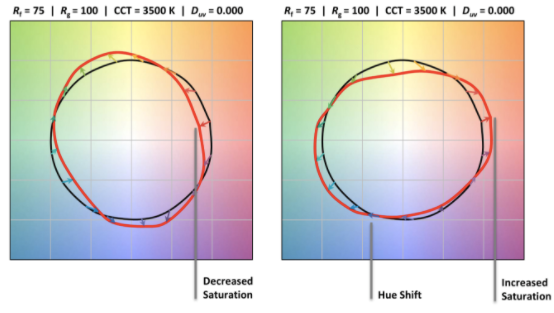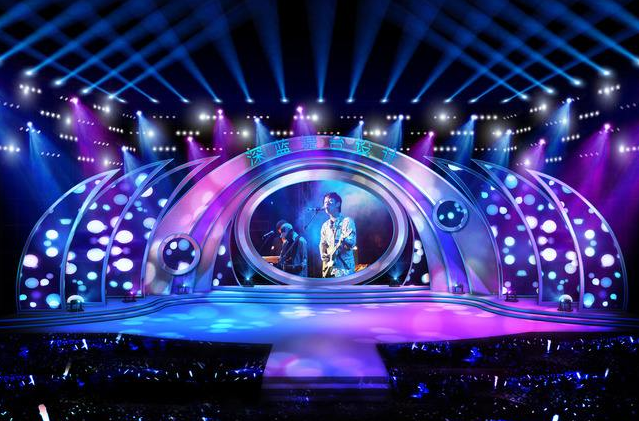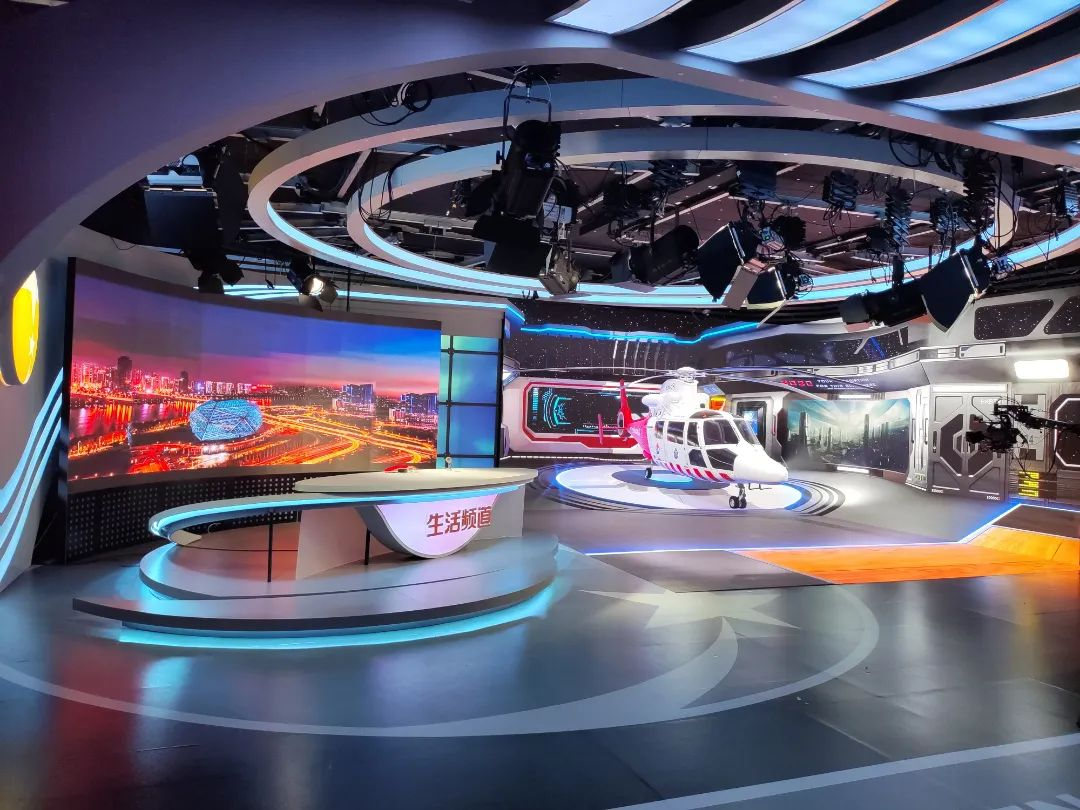Stage lighting has always been a powerful tool for storytelling, emotion, and atmosphere. But as visual demands grow more sophisticated, traditional RGB or RGBW fixtures are starting to show limitations — especially when it comes to color fidelity, natural tones, and creative depth. Enter multi-spectral fixtures: lighting instruments that go far beyond red, green, and blue to offer a broader, richer, and more precise palette.
This article explores how multi-spectral lighting is transforming stage design, what makes it technically different, and how designers are leveraging its capabilities to deliver immersive, future-ready experiences.
What Are Multi-Spectral Fixtures?
Unlike conventional RGB, RGBW, or even RGBA systems, multi-spectral fixtures incorporate five or more discrete color channels, including but not limited to:
Red
Green
Blue
Amber
Lime
Cyan
Indigo
White
Ultraviolet
By blending these additional spectral bands, multi-spectral lights can reproduce colors that standard fixtures simply cannot, including natural skin tones, pastel shades, and subtle gradients.
Technical Advantages Over Conventional Fixtures
1. Wider Color Gamut
Multi-spectral systems exceed the sRGB or Rec.709 color space boundaries. This allows designers to reproduce rich oranges, delicate pinks, and deep teals — all without resorting to color filters or gels.
2. High Color Rendering (CRI and TM-30)
With added spectral channels, multi-spectral fixtures achieve high CRI (90+) and exceptional TM-30 values, meaning they render real-world colors more accurately, especially under cameras and high-definition projection.
3. Smooth Crossfades
Fading between saturated colors often reveals flicker or sudden hue jumps in RGB systems. Multi-spectral lights produce smooth, continuous fades — vital for theatrical transitions and musical dynamics.
4. White Point Control
Whether you need daylight-balanced 5600K, candlelit 2700K, or custom white, multi-spectral fixtures offer precise CCT tuning without losing color richness.

How They Transform Stage Design
Enhanced Emotional Impact
Color is emotion. The richer the palette, the more detailed the emotional tone can be. Multi-spectral fixtures allow for hyper-specific mood setting, from cold clinical atmospheres to warm nostalgic environments — using light alone.
Naturalism in Theater and Dance
When lighting human subjects, accuracy matters. Traditional RGB lighting can make skin appear dull, green, or oversaturated. Multi-spectral fixtures excel at faithful skin tone rendering, ideal for ballet, opera, and spoken-word performances.

Blending with Scenic and Projection Elements
Set pieces, LED walls, and costumes often use modern materials that reflect or absorb light in unexpected ways. Multi-spectral lighting ensures better integration between scenic design and lighting, minimizing clashes and enhancing coherence.
Future-Ready for XR and Virtual Production
In virtual or augmented reality stages, lighting must match digital content precisely. The extra channels in multi-spectral lights make it easier to calibrate lighting environments to match digital projections or green-screen compositions.

Challenges and Considerations
Programming Complexity: More channels mean more control — but also more time. Lighting designers and programmers need advanced consoles and workflows to manage multi-spectral outputs effectively.
Cost: These fixtures tend to be more expensive than traditional RGBW units. However, their versatility reduces the need for multiple fixture types, potentially saving money over time.
Learning Curve: Designers must understand advanced color theory and how spectral data interacts with fabrics, paint, and camera sensors.
Best Practices for Integration
Start with Key Light Roles: Use multi-spectral fixtures for front and side lighting where color fidelity is most visible.
Use as Accent or Backlight: Leverage their nuanced tones for detail and shape without overpowering traditional rigging.
Calibrate Color Profiles: Match lighting to projection screens or LED walls using reference monitors or color meters.
Build Presets Intelligently: Use console-based color mixing libraries to program intuitive, reusable color scenes.
Summary: Beyond RGB — The Future Is Spectral
Multi-spectral fixtures represent not just a technical evolution, but a creative leap in how lighting interacts with stage elements. As productions become more immersive and hybrid, designers need tools that can faithfully reproduce the full range of visual emotion.
By extending the language of light, multi-spectral fixtures empower creators to move beyond “good enough” color — and into the realm of truly expressive stage design.
READ MORE:
- Sourcing from Multiple Regions: Diversifying Risk
- Using Solar-Assist Charging for Battery Lighting Systems
- Lighting for Small Conference and Workshop Rooms
- Fixtures Designed for Long-Distance Throw Applications
- Adjusting Color Profiles to Match LED Walls
- Bad Lighting Killing Your Event Photos? These Lights Are Camera-Ready
- Can’t Find the Right Light for Multi-Purpose Venues? These Cover It All





Blue Sea Lighting is an enterprise with rich experience in the integration of industry and trade in stage lighting and stage special effects related equipment. Its products include moving head lights, par lights, wall washer lights, logo gobo projector lights, power distributor, stage effects such as electronic fireworks machines, snow machines, smoke bubble machines, and related accessories such as light clamps.
Quick Links
For more questions subscribe to our email








